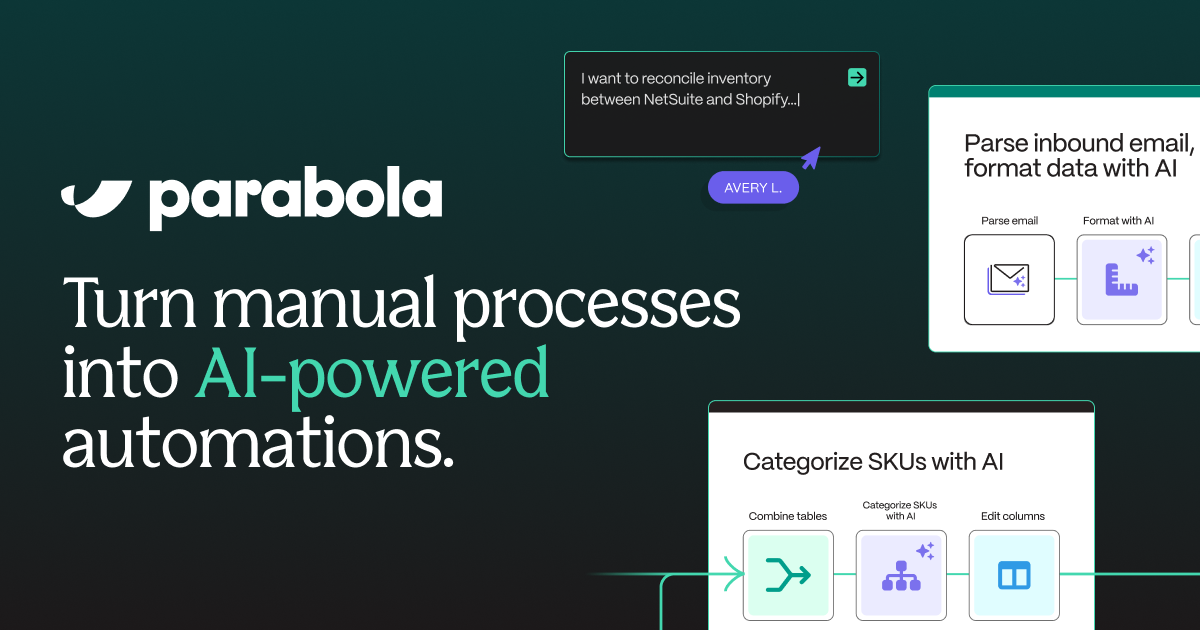Combine Amazon Seller Central and API Data Using AI – Free Template
Combine Amazon Seller Central data with API data without writing a single line of code.

Combine Amazon Seller Central data with API data without writing a single line of code.









Combine Amazon Seller Central inventory data with supplier API information to automatically track stock levels and trigger reorder points. This integration can help prevent stockouts while maintaining optimal inventory levels based on historical sales data and lead times.
Combine Amazon sales data with marketing campaign APIs to understand which external marketing efforts drive the best results on Amazon. This integration helps optimize marketing spend by revealing which channels and campaigns generate the highest converting traffic and sales volume.
Connect Amazon customer data with external CRM APIs to create comprehensive customer profiles. This integration enables better customer service, targeted marketing campaigns, and improved customer retention strategies.
By leveraging Parabola’s powerful data transformation capabilities, you can automate these complex processes and create efficient workflows that save time and improve accuracy. The combination of Amazon Seller Central data with external sources opens up countless possibilities for optimization and growth in your e-commerce business.








Request a demo and see how Parabola can automate
your most manual SOPs.